“I don’t panic anymore”
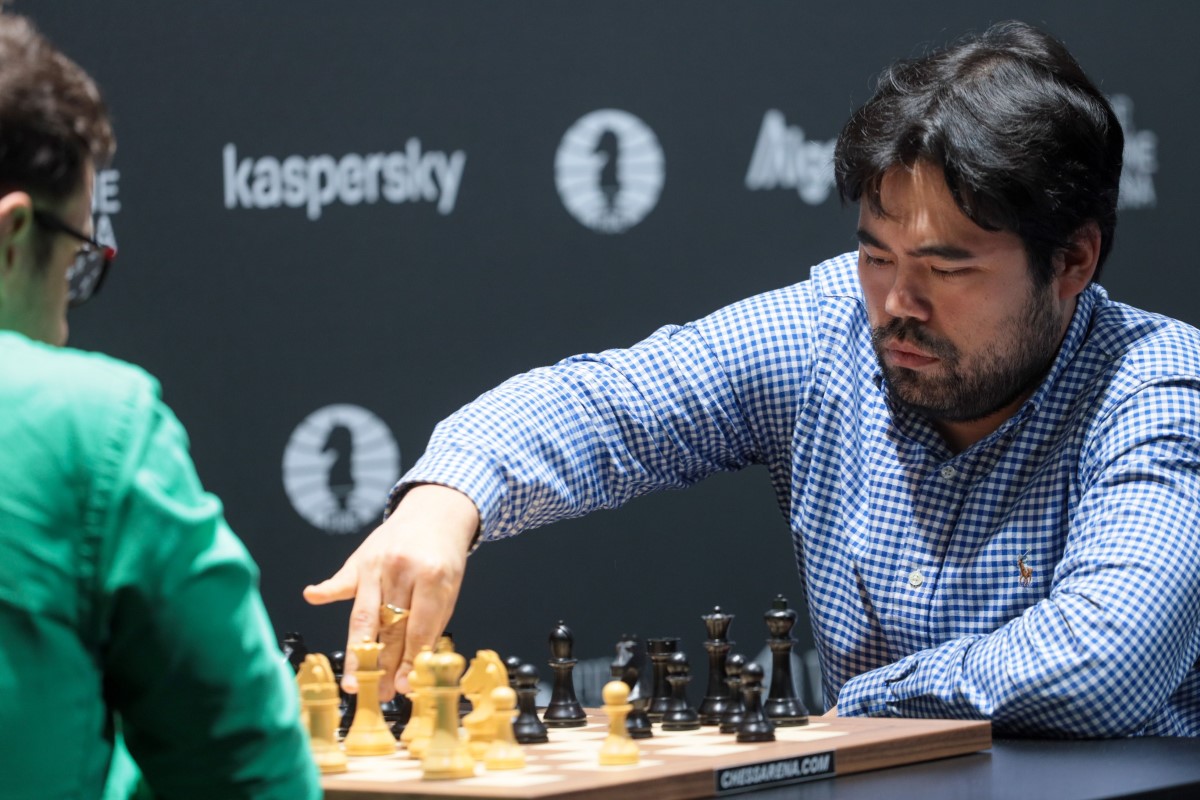 The last time Hikaru Nakamura played a classical, rated game was in November 2019, when he lost a 2-game match against Veselin Topalov at the Hamburg leg of the Grand Prix. It was the end of a somewhat disappointing year for him, as he lost 10 rating points despite winning the US Championship with a remarkable 8/11 score ahead of Caruana, Dominguez and So.
The last time Hikaru Nakamura played a classical, rated game was in November 2019, when he lost a 2-game match against Veselin Topalov at the Hamburg leg of the Grand Prix. It was the end of a somewhat disappointing year for him, as he lost 10 rating points despite winning the US Championship with a remarkable 8/11 score ahead of Caruana, Dominguez and So.
In the two years and three months that he stayed away from over-the-board classical tournaments, the 34-year-old became an internet sensation. Nakamura fully embraced the shift of the chess world to the online sphere. His Twitch and YouTube channels are massively popular — just to give an example of his success, a bit over a year ago, on 14 February 2021, his Twitch channel reached a milestone of one million followers.
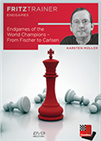 Let endgame expert Dr Karsten Müller show and explain the finesses of the world champions. Although they had different styles each and every one of them played the endgame exceptionally well, so take the opportunity to enjoy and learn from some of the best endgames in the history of chess.
Let endgame expert Dr Karsten Müller show and explain the finesses of the world champions. Although they had different styles each and every one of them played the endgame exceptionally well, so take the opportunity to enjoy and learn from some of the best endgames in the history of chess.Nakamura planned to return to the classical circuit at the 2021 Grand Swiss in Riga, but decided to withdraw after Latvian authorities announced a hard lockdown. The grandmaster later received one of the two wildcards offered by FIDE for this year’s Grand Prix series, which prompted criticism to the Internation Federation for having invited an inactive player.
At the first leg in Berlin, Nakamura finished undefeated and grabbed tournament victory after beating an in-form Levon Aronian in a hard-fought final match. Regarding his inactivity, the US grandmaster later noted:
I’ve played more than everybody the last couple of years (smiles).
Known for not mincing words, the 5-time US champion mentioned that he felt he had been lucky in the initial stage of the event, as he “had the best possible group that I could ask for”.
In previous interviews, during the group stage, Nakamura had implied that Etienne Bacrot was the main target for him, Alexander Grischuk and Andrey Esipenko in group A. However, in the end, he got two draws against the Frenchman, who nonetheless finished in last place in the group — in fact, Bacrot lost twice to Esipenko and once to Grischuk.
It was Esipenko who almost knocked out Nakamura in the last round of the double round-robin, when the American held a draw from a clearly inferior position to reach the knockout. In the final match against Aronian, his defensive skills were also a key factor, both in the classical section and the tiebreaks. Aronian had this to say about his opponent’s fighting spirit:
His openings were never his strong point. He got himself in bad positions quite often, but he always fights, so I admire that.
The winner of the event is set to play the third leg of the series, which will also take place in Berlin. When asked whether he will spend a month in Germany waiting for his next tournament, Nakamura said that he will go back home to his “real job”.
As he commented more than once in Berlin, having a high-income career as a streamer has allowed him to be more relaxed at the board. “I don’t panic anymore”, concluded the inactive player who had just won 24,000 Euros and the maximum number of GP points at stake in a hard-fought, elite classical tournament.
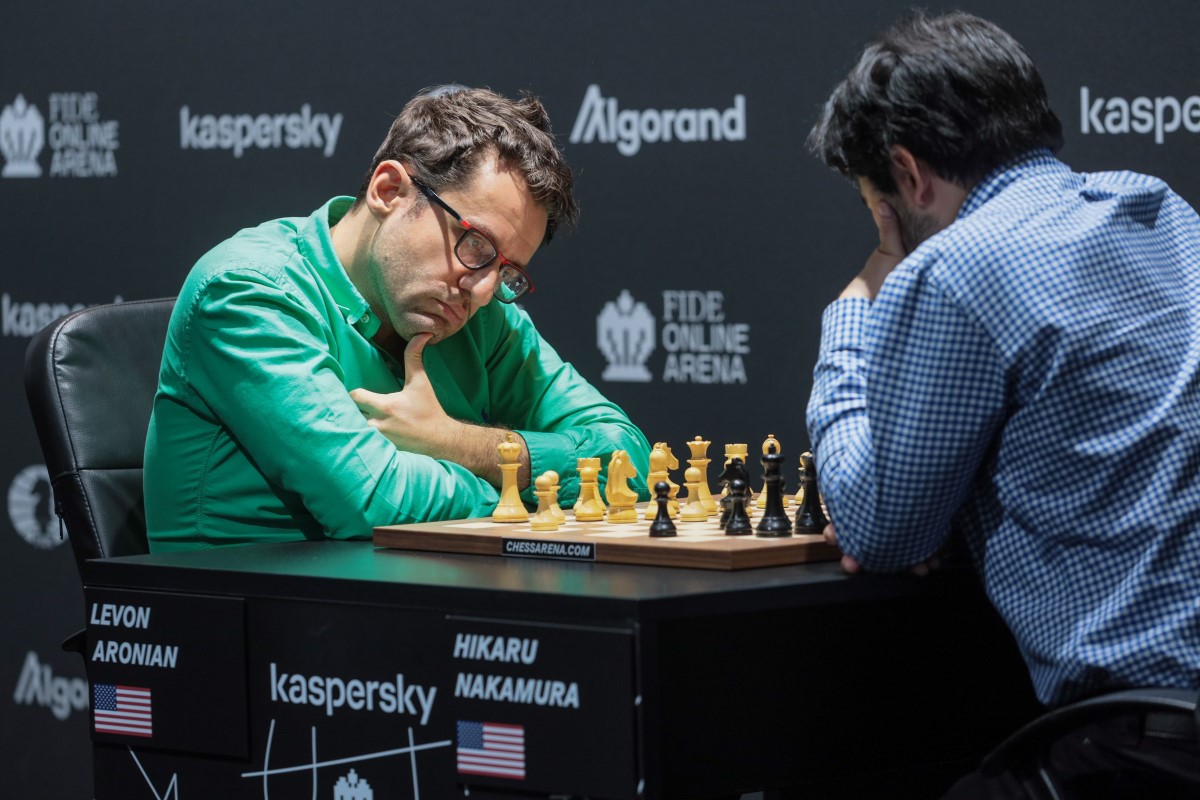
Levon Aronian had a great tournament nonetheless, as he gained 12.8 Elo points to climb to fourth place in the live ratings list
The tiebreaks
Nakamura’s 2-0 victory in the rapid tiebreakers had a lot to do with avoiding mistakes in technical, simplified positions. Playing white in the first rapid encounter, the eventual winner of the match had a clear advantage at different points in the rook endgame. Inaccuracies by both players had the evaluation alternating between a clear advantage for white and equality. But it was Aronian who made the last mistake.
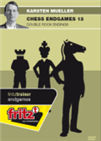 Double rook endings occur frequently and are different from single rook endings in several respects.
Double rook endings occur frequently and are different from single rook endings in several respects.
59...f2 loses by force to 60.Rf8 — escaping with the rook to the only available square via 59...Ra3 was the only way to keep the fight going for Black. After 60...Rxb5 61.Rxf2 Rc5 the black king is cut off on the kingside, and White will have no difficulties in pushing his c-pawn to the promotion square.
Aronian resigned.
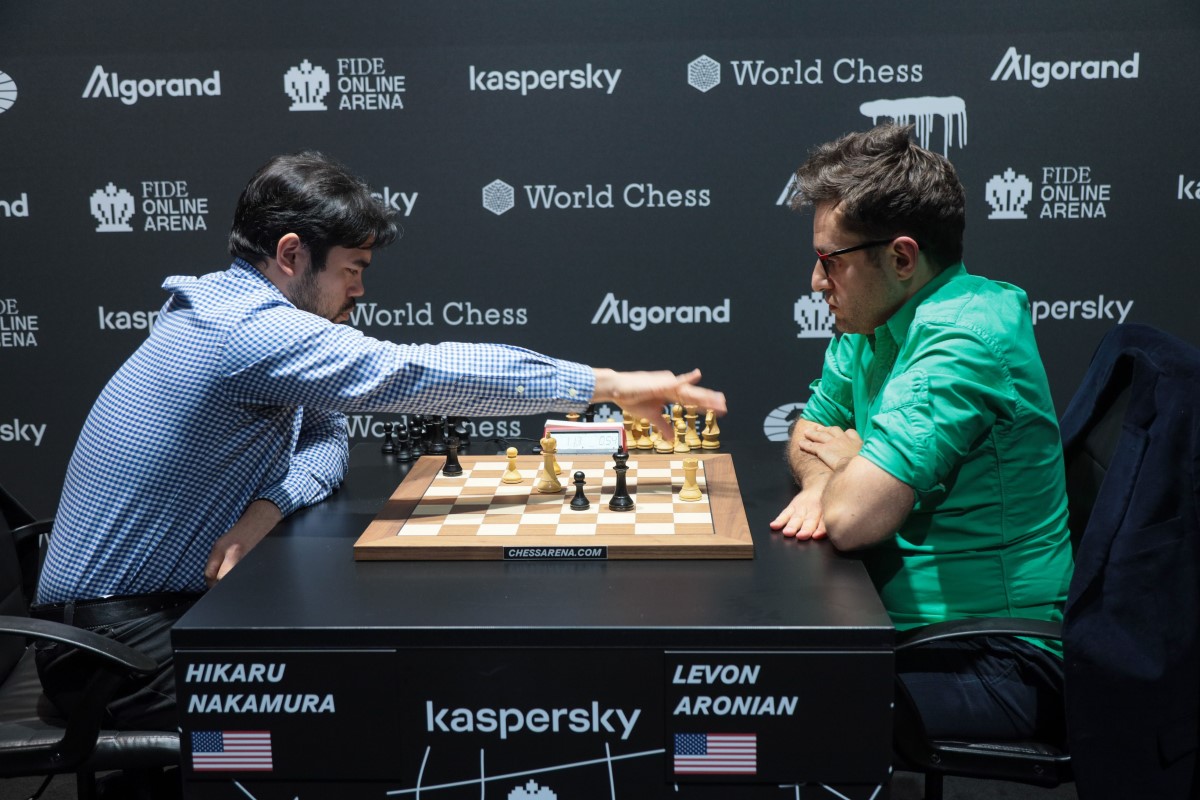
The final moments of game 1
In a must-win situation, Aronian got an edge with white in game 2. However, beating Nakamura has proven to be a difficult task even for the best in the world, especially in a rapid (or blitz) game. Nakamura defended firmly in another queenless position, prompting Aronian to over-push when the position began to dry up.
The white king has almost made its way to its counterpart’s initial square, and is about to get mated. Aronian threw in the towel, as there is no way to prevent mate without making massive material concessions.
Links


















 The last time Hikaru Nakamura played a classical, rated game was in November 2019, when he lost a 2-game match against Veselin Topalov
The last time Hikaru Nakamura played a classical, rated game was in November 2019, when he lost a 2-game match against Veselin Topalov 






